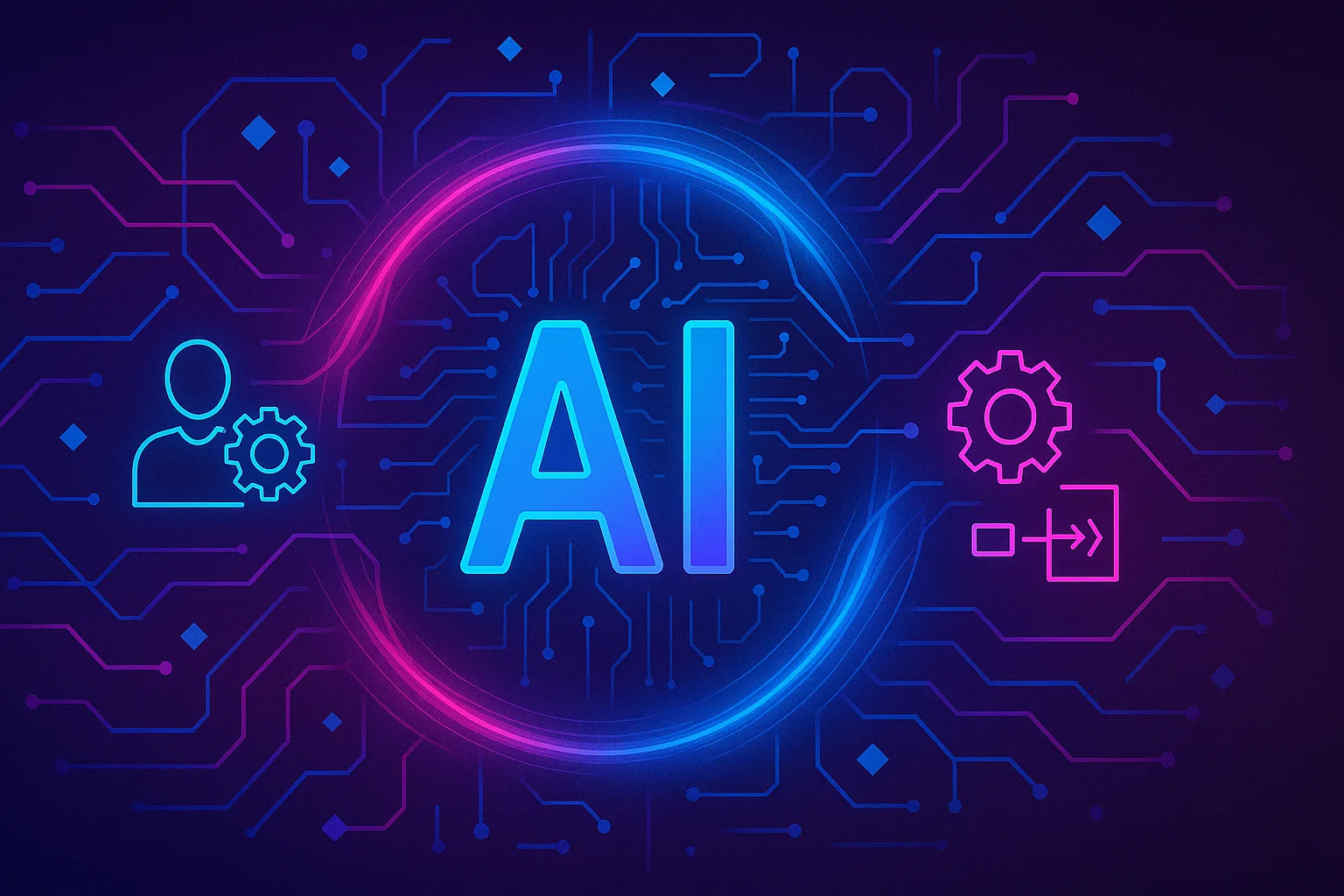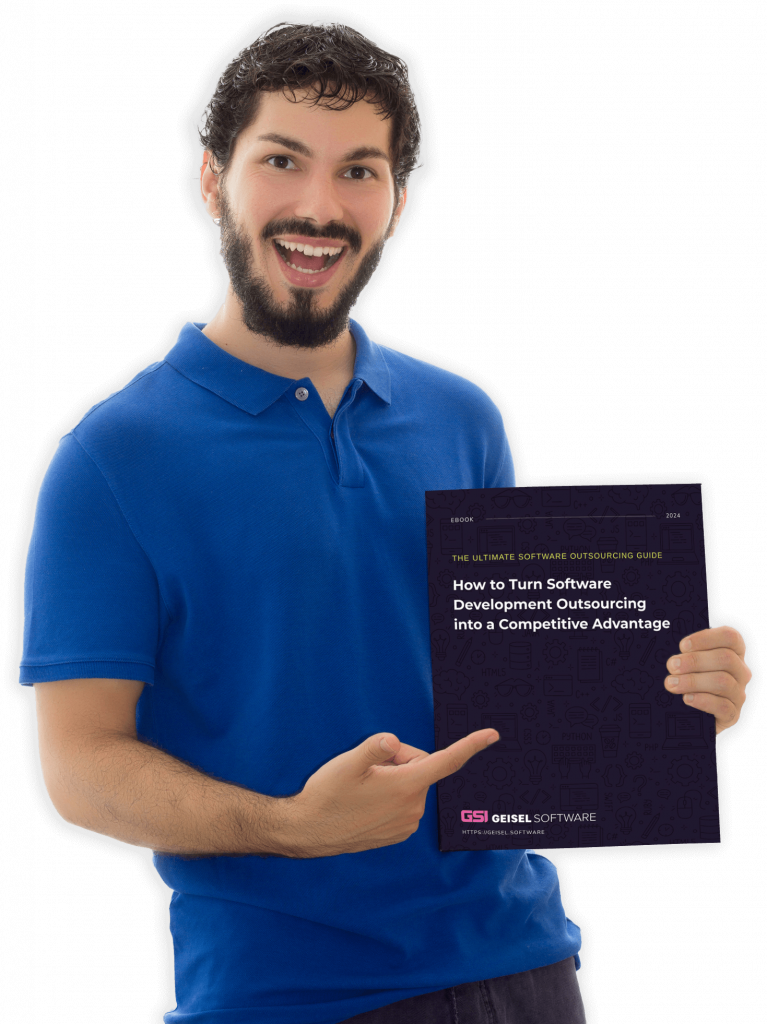AI executive order: necessary or not? Remember when Apple’s Face ID was tricked by twins? Or the incident with Uber’s self-driving car? And the time Strava’s heatmap inadvertently exposed military bases? These AI misadventures not only grabbed headlines but also underscored the urgent need for enhanced privacy and safety protocols in the realm of artificial intelligence.
Enter President Biden with his executive order to create AI safeguards. It’s a move that’s sparked debate; Can such regulations enhance innovation in AI, or might they inadvertently hinder the pace of technological breakthroughs?
The Objective of the AI Executive Order
The AI Executive Order sets out to affirm the United States’ leadership in AI. It’s a delicate balance to strike — fostering innovation while protecting American values and security. The question at hand is not about the objective but the approach: Will regulation truly serve as a springboard for innovation in the AI sector?
Trust in AI
The order places a premium on creating AI that’s safe, secure, and transparent. It’s a noble aim, but how will these principles be implemented in a way that doesn’t curb the very creativity and risk-taking that drive technological advances?
Building on Previous Foundations
Building on the National AI Initiative Act, which promotes AI research and development, the new AI executive order seeks to further its objectives and directives. The consideration at play is the execution — will these policies possess the agility required to keep pace with the swift progress characteristic of AI’s evolution?
AI Executive Order Key Highlights
- Public Trust: The order advocates for AI systems that are transparent and accountable. The challenge will be in ensuring these systems don’t sacrifice innovation for the sake of oversight.
- Public Participation: The order advocates for public involvement in shaping AI policy. The question is how to successfully incorporate public feedback into the rapidly advancing cycle of AI development.
- Scientific Integrity: AI is to be developed on a foundation of sound science. Yet, one wonders if regulatory interpretations of ‘sound’ will align with the industry’s cutting-edge aspirations.
- Safety and Security: The safety of AI systems is emphasized, but the real test will be in the practical application of these safety standards.
- Federal Agencies’ Role: Agencies are tasked with updating AI strategies. But will bureaucratic processes match the agility required by the AI field?
- Collaboration: The order encourages collaboration, yet it remains to be seen how competitive interests will balance with the call for shared progress.
- Research & Development: There’s a commitment to research funding, but will it be sufficient and timely enough to fuel the next wave of AI innovation?
- Workforce: The order highlights the need for workforce training in AI. It raises questions about whether current educational systems are equipped to fulfill this growing need.
- Implementation & Reporting: The National Science and Technology Council (NSTC) is overseeing the order’s implementation, but will this facilitate or complicate the path to innovation?
Wrapping Up
The AI Executive Order indicates a commitment to steer AI development responsibly, prioritizing safety and ethical standards. In a domain as fluid and fast-paced as AI, striking the right balance between direction and restriction is crucial. We’ll have to wait and see how the order will translate into practical outcomes





